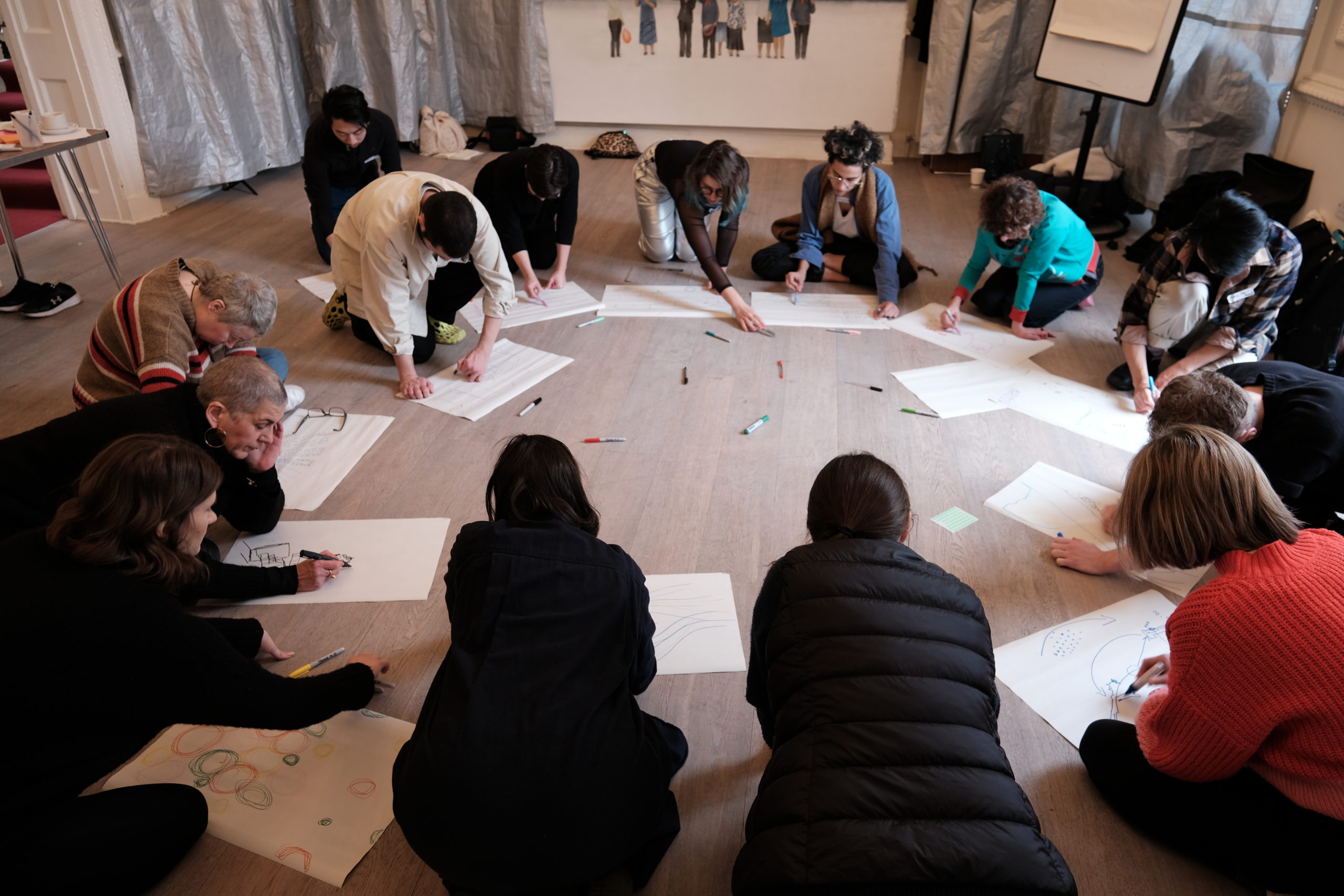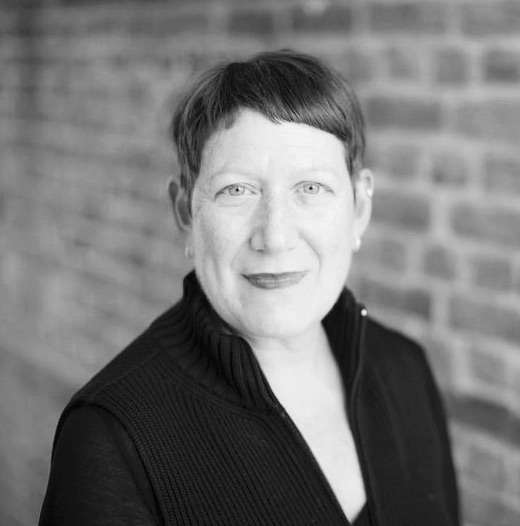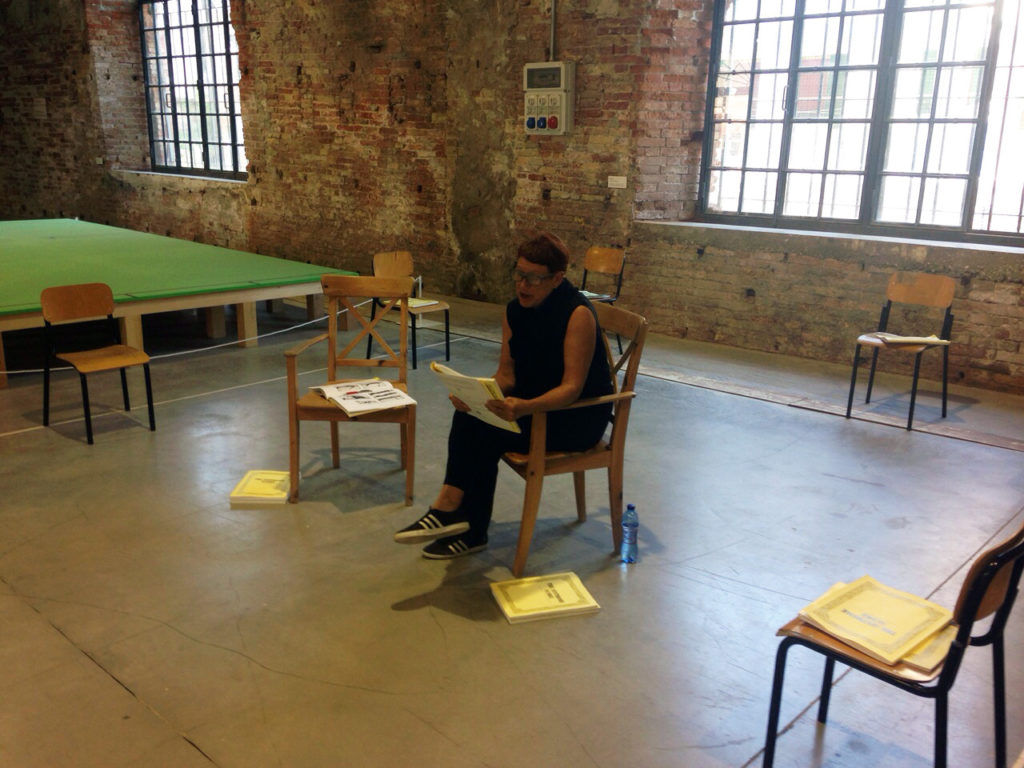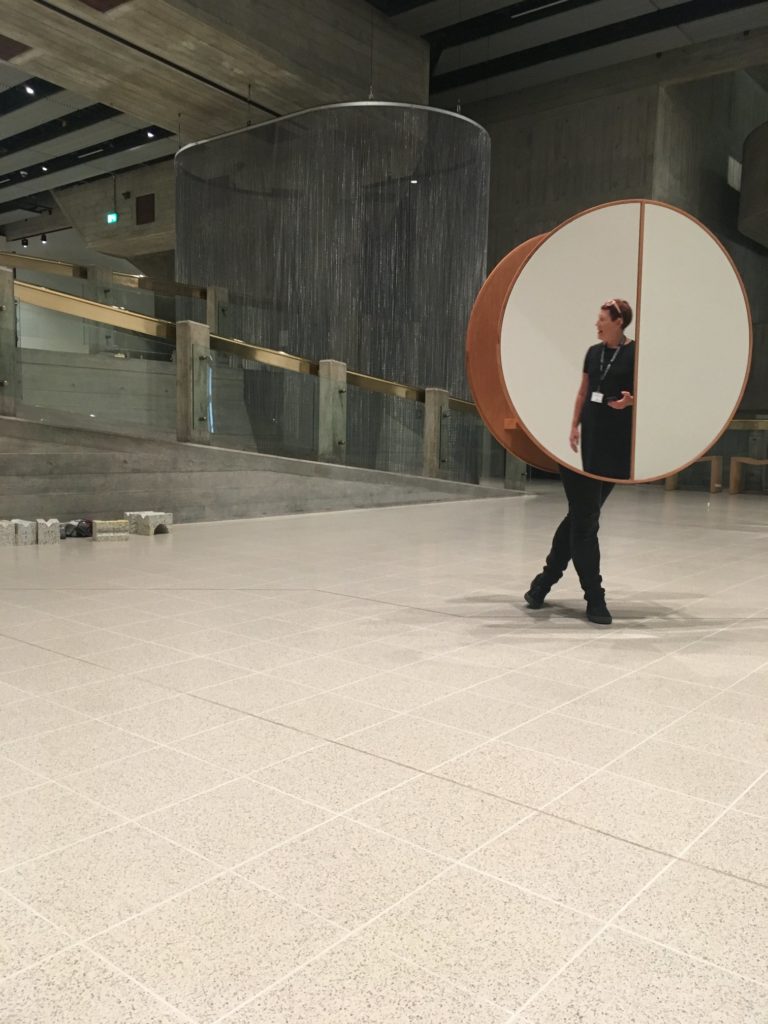Words by Stella Rousham. This article is part of our REWRITE series with CDS Artist Community.
Nearly a century since the founding of Britain’s oldest dance company, Rambert, the current relationship between dance artists and established institutions couldn’t look more different. After a decade of austerity slashing public sector arts funding and COVID-19 essentially putting live art on hold, we are no longer in a world where dance artists can rely on full-time contracts with a single company or institution. With 85% of dance artists working as independent freelancers, the sector is increasingly dependent on short-term, project-based funding and mobility across diverse roles in performance, teaching, producing and making. Whilst holding the potential for creative freedom and transdisciplinary collaboration, the emergence of the independent dance artist has been tainted with financial instability, low-pay rates and institutional exclusion.
Cognisant of the tensions and possibilities between independent artists and institutions, I interviewed artists from Chisenhale Dance Space’s newly formed Artist Community – an initiative launched in July 2023 to support 200 independent artists to build community, develop practice and invest in peer-to-peer learning. Speaking with three artists – artistic duo (and couple) Ghost and John and multimedia artist/educator, Susan Sentler – we discussed their varied encounters with institutions to explore the question: How can artists and institutions work together in more caring and interconnected ways? Through critical reflection on their personal experiences, these interviews emphasise that inequality, exclusion and exploitation are integral to the neoliberal structure of institutions. Proposing a range of practical solutions and ideological shifts – from paying freelancers differently, to adopting practises such as anarchiving – these conversations have left me with a great hope that creating a more sustainable and nurturing cultural ecology is both necessary and possible.
Consistent across my conversations with Ghost, John and Susan were experiences of neglect, exclusion and exhaustion stemming from the current bureaucratic structure of arts institutions and funding bodies. Through their Community Interest Company, Hidden Keileon, Ghost and John make embodied and politically pertinent works informed by their identity as queer-migrants and backgrounds in Computer Science and Marine Biology. As John explains, the relation between Hidden Keileon and institutions remains paradoxical; “Hidden Keileon is both reliant on institutions for funding and recognition, but equally wants to retain an adjacency so that the company is “not affected by policies and politics within institutions.”


For this duo, the language of funding applications remains a consistent barrier to developing their work, with institutions prioritising artists who fit certain agendas. Evoking the metaphor of institutions operating as a locked door with a secret key, John reflects that despite having support from mentors, they face continual rejections for funding without feedback. Even when they have been able to get a foot in the door or find allies – individuals within institutions who do support their values or practice – this positionality remains precarious and impersonal, as job instability in the sector generates a high-turnover of institutional staff. The overall result, according to John, is “a cultural ecology which is unhealthy and exhausting, failing to nourish artists and institutions alike.”
As a trans/post-disciplinary artist spanning visual art, performance and dance, Susan Sentler similarly stressed the structural nature of exclusion and neglect within arts organisations. Recalling an audition call-out that stipulated a cut-off age of 60 (assuming that dance artists over this age couldn’t perform certain movements), Susan identified the tendency for funders to support certain trends meaning “if you don’t fit that box, you’re out.” Institutional reliance on tick-boxes and categories not only exacerbates exclusion; it limits creative potential. Susan was put off applying for a PhD in Oslo as the application required choosing whether her practice fit an art or dance studio, when “frankly, it’s both and beyond.” Being siloed in this way was not something Susan experienced when working in Singapore from 2015-2020, a period in which she felt heard and allowed to be herself. A self that wasn’t forced to fit containers but “constantly learning, shifting and growing.”
Considering independent dance artists need remuneration and institutions remain integral in providing this, how can more sustainable, nurturing and ultimately, caring relations between dance artists and institutions be built? According to Ghost, it is vital that care is understood as an ongoing practice that requires continual effort, not simply a gesture. As he elaborates: “It’s not like: do these five things and then you start caring about people, it’s really such a huge shift that is needed from every player.” For care between dance artists and institutions to be realised, John emphasises that communication and transparency are key. When asked if they could make one simple change to the structure of arts institutions, Ghost proposed the allocation of a clear budget for institutional staff to regularly network with practising independent artists, with the hope of fostering meaningful relationships. Budgeting in this way could prevent institutional exclusions and nurture creativity, allowing artists to express their ever-changing needs, values and practice in their own terms.
For Susan, it is absolutely possible to change the current relation between artists and institutions, particularly through investing more “monies, space and time” in artistic processes. Informed by her artistic ‘F/olding Practice’ – developed in collaboration with somatic/science practitioner Glenna Batson – Susan has been exploring the concept of anarchiving. Coined by Erin Manning, anarchiving is a ‘feed-forward’ mechanism and process-making engine wherein “many products can arise, but they are not ‘the’ product, rather signposts that embody traces over duration; the archiving as waystations.” For Susan, anarchiving has the potential to enable a more caring, educative and nurturing cultural ecology. By adopting this framework, institutions can empower artists to experiment and play, without the fear of being reprimanded if they ‘fail’ to meet pre-conceived institutional agendas, outcomes and funding criteria.
Investing in artistic processes can further alleviate the exploitation and dehumanisation that besmirches many encounters between dance artists and neoliberal arts institutions. Despite the fact that freelance work is essential to sustaining the contemporary dance and art sector, Ghost’s calls for institutions to pay freelancers differently, in order to recognise the mental preparation, research and training which remains invisible and unremunerated. Inspired by a talk given by Sonya Lindfors (Fest En Fest, June 2024), Susan similarly proposes opening a barter system, allowing exchanges between artists and institutions to incorporate multiple valuable entities – space, time, knowledge and recognition – rather than just money.
Understanding exchange beyond a monetary framework can foster more trusting and symbiotic relations between artists and institutions. Ghost and John, for instance, explain that in order to protect their integrity as a pro-queer and pro-migrant collective, they have written a ‘Policy of Working Together’, a manifesto shared with new colleagues or institutional partners, prior to working together. Whilst admirable, the labour taken to research and write this policy remains un-remunerated and there is no guarantee that institutional staff will have the time or inclination to recognise, read and implement it. Within a system of barter, however, Hidden Keileon’s ‘Policy of Working Together’ can be valued as one of multiple products that emerge from an artistic process, a product from which institutions can learn and evolve from.
The issue at the heart of current relations between dance artists and established institutions is the neoliberal construct of the independent artist – the myth of the artist as a lone individual who makes polished products through their own self-conscious, self-contained and measurable labour. This myth permeates institutional bureaucracy and structures, reducing artistic practice to an economic transaction where dance artists are expected to reciprocate institutional funding or support through products and measurable outcomes within a certain time. The neoliberal orientation of arts institutions perpetuates intersectional inequality and exploitation, mandating that artists undertake unpaid labour, such as funding applications, only to be rejected if their values and language do not align with hegemonic trends and agendas. As articulated by John, this current cultural ecology is both exhausting and stifling creative potential in the UK. Reflecting on her experiences of ageism within the UK arts sector, Susan stresses that bureaucratic dependence of tick-boxes and rigid categories of identity set constraining limits on who artists can and should be.
To recall Ghost, fostering genuine care between dance artists and institutions requires, first and foremost, recognising that care is not a noun, but an ongoing relational practice. Sustaining this practice of care requires institutions to concentrate resources – time, energy, labour, space – into communicating with artists and nurturing artistic processes in a holistic and open-ended manner. Supporting artistic processes, rather than products, affords artists greater creative freedom to experiment and play, whilst also recognising the invisible and unremunerated labour that is essential to sustaining the freelance arts economy. Established arts institutions, as John reminds me, are not abstract, immutable entities but giant conglomerations driven by ideas, systems and human beings – intersecting gears that are always capable of regeneration. Ultimately, the cultural sector could not exist without the interdependency between artists and institutions; feeding this interdependency is the first step to initiating change. Or, as John puts it “when one of those gears starts turning weirdly, the whole machine can turn differently.”
Find out more about these artists and Chisenhale’s Artist Community through the links below:
Ghost & John – https://www.ghostandjohn.art/
Hidden Keileon – https://www.hiddenkeileon.art/
Susan Sentler – Instagram @susansentler, Facebook & LinkedIn
Chisenhale Dance Space: Artist Community
Ghost and John images by Jane and Deacon. Header image by Jane Lam.



